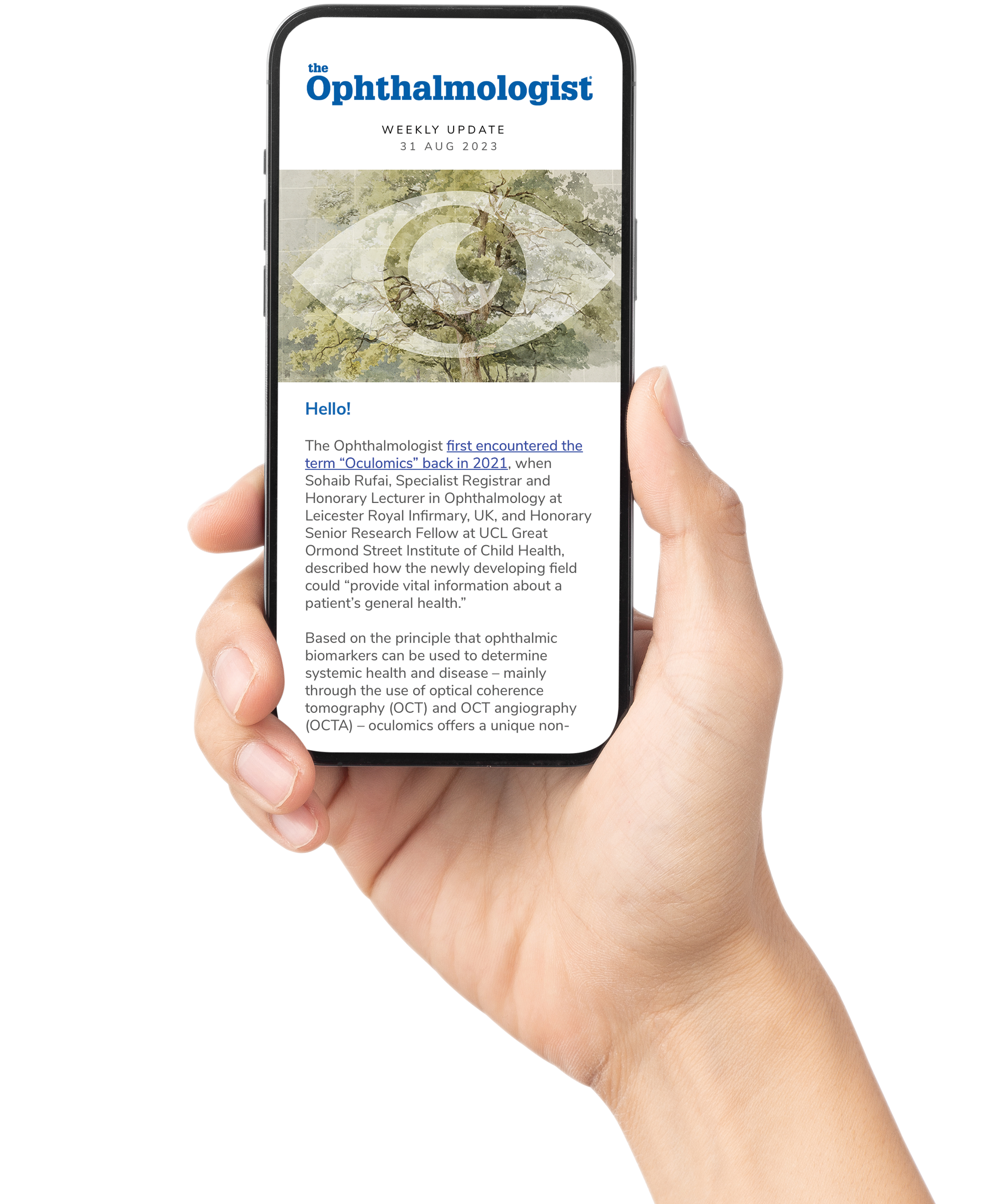Electrical and lightning injuries pose significant risks to ocular health, as highlighted by a systematic review of 71 studies involving 183 patients. Cataracts were identified in 30% of cases, primarily in those exposed to high-voltage injuries, necessitating ongoing follow-up due to potential delayed onset. Anterior segment issues, particularly posterior and anterior subcapsular cataracts, are common, while posterior segment damage includes macular cysts and holes. Visual impairment affects over half of the patients studied, emphasizing the importance of vigilant evaluation by ophthalmologists for any patient with a history of such trauma.
False
Advertisement
False
Advertisement
